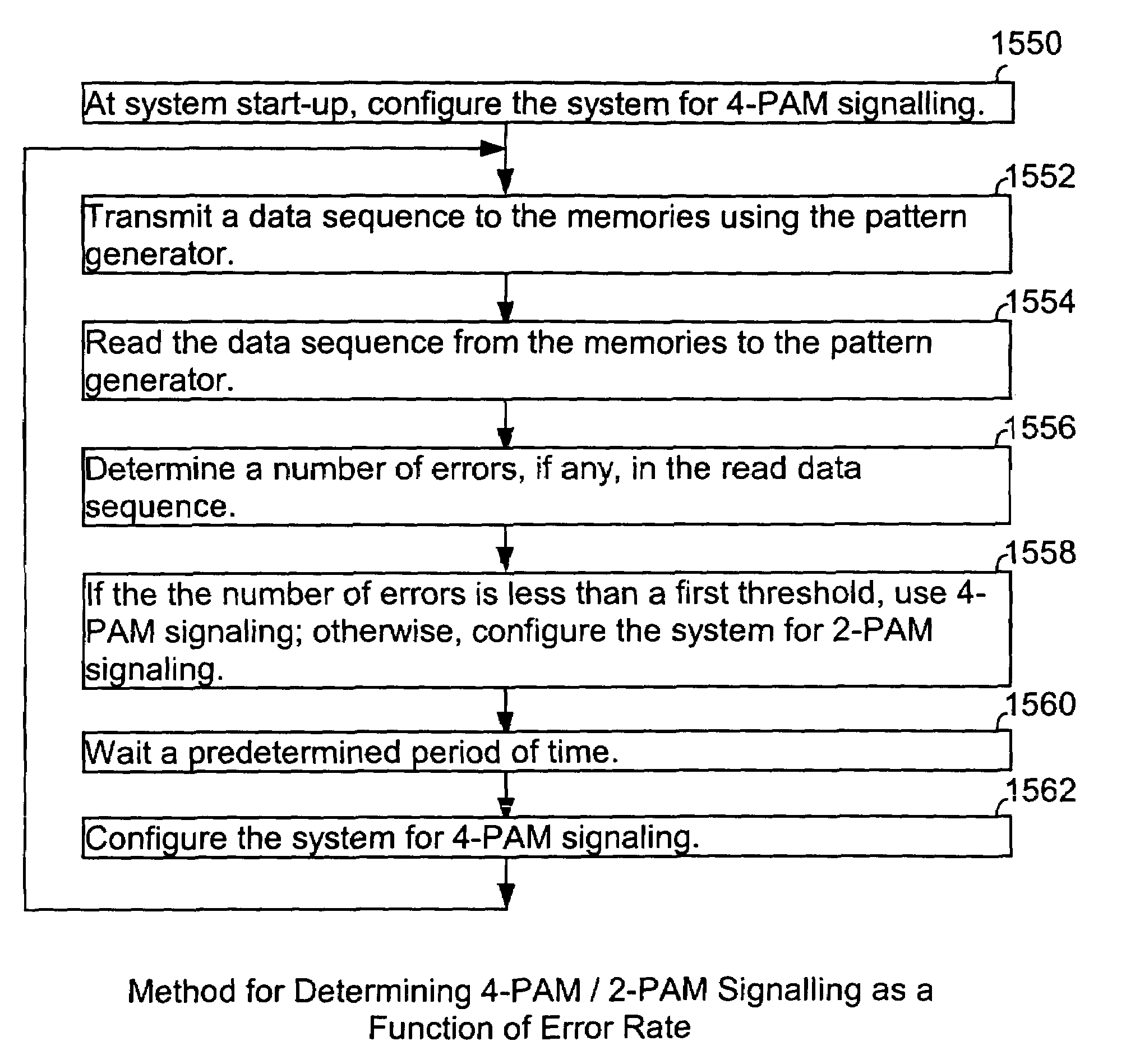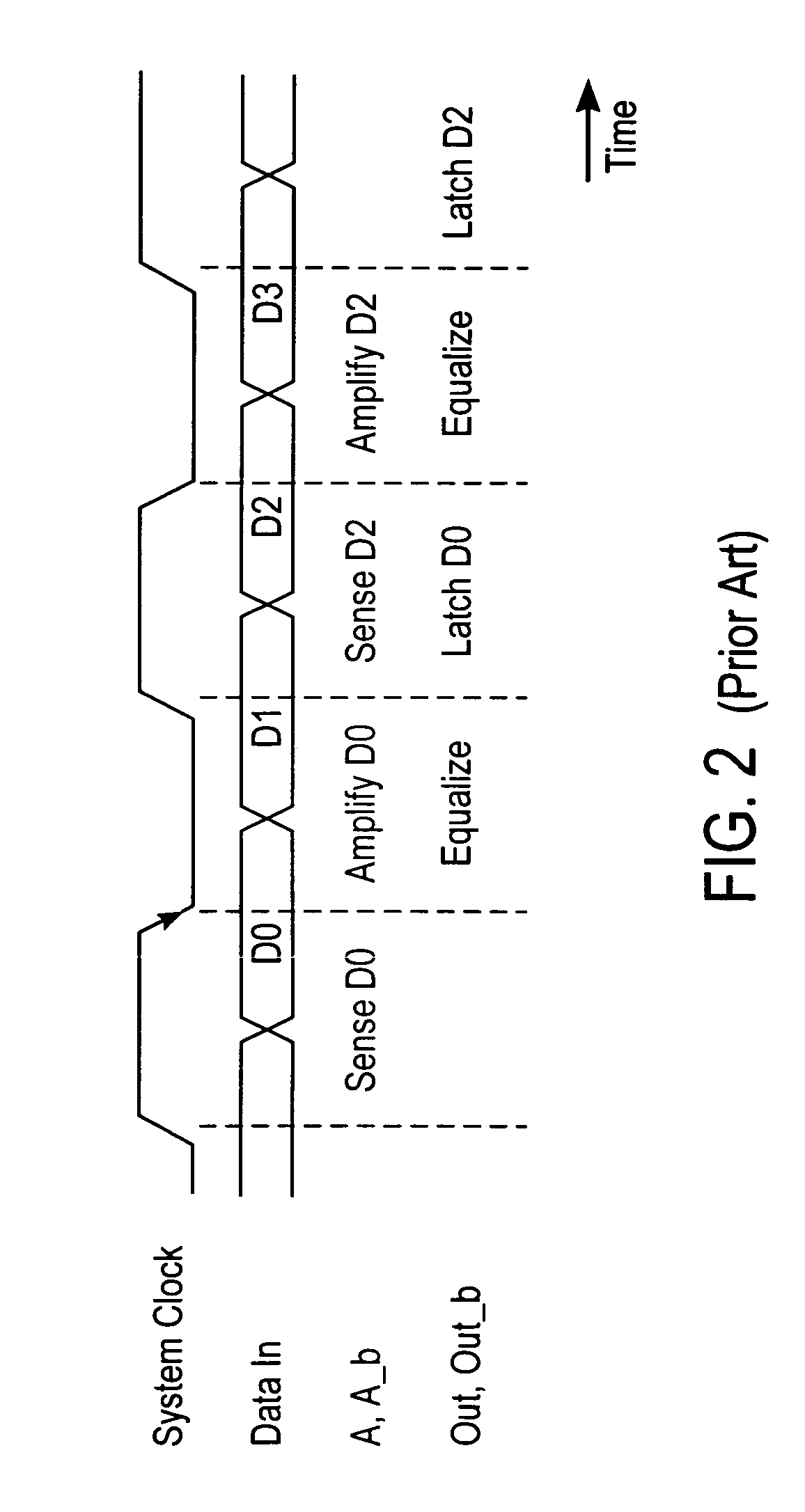Low latency multi-level communication interface
a communication interface and multi-level technology, applied in the field of low latency multi-level communication interfaces, can solve the problems of amplifiers b>186/b> consuming static direct current and static power, limited etc., to reduce input-to-output latency, wide input common mode range, and low static power consumption
- Summary
- Abstract
- Description
- Claims
- Application Information
AI Technical Summary
Benefits of technology
Problems solved by technology
Method used
Image
Examples
Embodiment Construction
[0129]In FIG. 6, a bus 320 interconnects a memory controller 321 and memories 322. The bus 320 is formed of signal lines 320-1, 320-2 that transmit address, data and control signals. Physically, on each integrated circuit 321, 322, the address, data and control signals are supplied to and output from external connections, called pins, and the bus 320 interconnects respective pins. The bus 320 may be implemented as traces on a printed circuit board, wires or cables and connectors. Each of these integrated circuits 321, 322 has bus output driver circuits 323 that connect to the pins to interface with the bus 320 to transmit signals to other ones of the integrated circuits. In particular, the bus output drivers 323 in the memory controller 321 and in the memories 322 transmit data over the bus 320. Each bus output driver 323 drives a single signal line of the bus 320. For example, bus output driver 323-1 in the memory controller 321 drives bus line 320-1. The bus 320 supports signaling...
PUM
 Login to View More
Login to View More Abstract
Description
Claims
Application Information
 Login to View More
Login to View More - R&D
- Intellectual Property
- Life Sciences
- Materials
- Tech Scout
- Unparalleled Data Quality
- Higher Quality Content
- 60% Fewer Hallucinations
Browse by: Latest US Patents, China's latest patents, Technical Efficacy Thesaurus, Application Domain, Technology Topic, Popular Technical Reports.
© 2025 PatSnap. All rights reserved.Legal|Privacy policy|Modern Slavery Act Transparency Statement|Sitemap|About US| Contact US: help@patsnap.com



